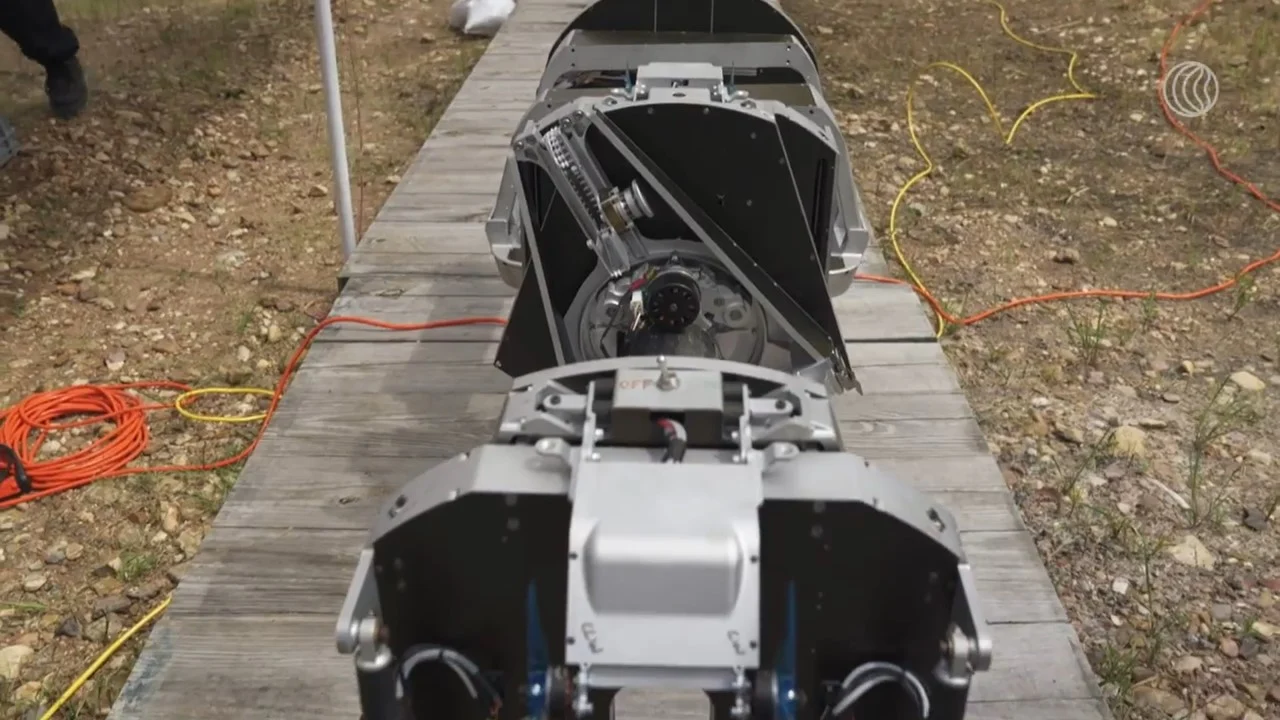Facebook Unveil New Ways To Provide Internet Service More Cheaper With Fiber-Spinning Robotic
The Fiber-Spinning Robotic is a critical element that is powered by Facebook. Fiber-Spinning Robotic will bring more people online at faster speeds because of it bandwidth that is thousands of times greater than that of any other technology. However, the cost and complexity of deploying fiber networks has inhibited large-scale deployment.
Facebook developed the machine to install fiber cables on medium-voltage power lines around the globe. The aim of the technology is to make it cheaper for internet service providers to build out their networks using super-fast and reliable fiber connections. Installing fiber is a pricey endeavor, limiting where it can be deployed. If the cost of installation goes down, says Facebook, so too does the cost of service for the end user.
Facebood reportedly said that globally, more than 3.5 billion people are still not connected to the internet. With average data usage per person growing 20 to 30 percent annually, legacy bandwidth-limited technologies have been pushed to their capacity limits. To meet this increased demand for high-capacity, low-cost networks, mobile network operators have upgraded access technologies from 2G and 3G to 4G and beyond, while wireline access networks have moved from DSL and coaxial to fiber to the home. Regardless of the access technology used, to support the increased capacity served in a region, fiber must be brought from the backbone closer to the end user. Facebook Connectivity, in collaboration with a number of partners, has spent the last few years developing an aerial fiber deployment solution that uses a robot designed to safely deploy a specialized fiber-optic cable on medium-voltage (MV) power lines.
This system combines innovations in the fields of robotics and fiber-optic cable design to dramatically lower the cost of deploying fiber by utilizing electrical infrastructure. While there have been tremendous improvements in the strength and size of a fiber strand, as well as the amount of data a strand can carry, there has not yet been a widely applicable solution for reducing the cost of fiber construction. Since the cost of deploying fiber comes almost entirely from construction, this was the area we wanted to address. If successful, we believe this technology will allow fiber to effectively and sustainably be deployed within a few hundred meters of much of the world’s population. We expect to see technology trials of this fiber deployment system next year.
We aim for this technology to enable equal construction of fiber in rural and lower-income communities as well as affluent ones, with open access to the fiber, fair and equitable pricing, decreasing prices for capacity as traffic grows, and shared benefits of the fiber network with the electric company.
Source: engineering.fb.com
Sponsored Links









No comments